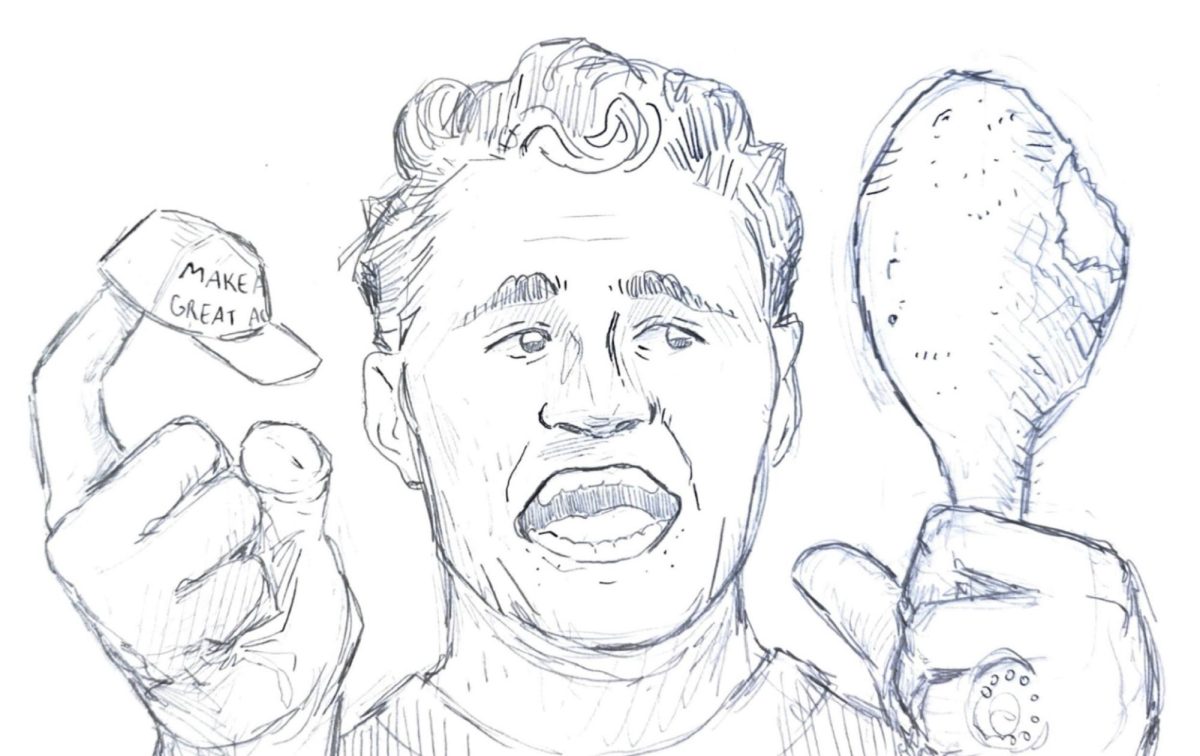
“You play like a dude!” That’s not exactly a commonly heard insult in the video game industry. Buzzfeed’s satirical video, “If Gamer Girls Acted Like Gamer Guys,” parodies the stark contrast in attitudes between men and women playing video games. In this parody, Allison Rascon humorously comments, “You can see right up Ezio’s cloak.” This is meant to poke fun at the way video games often pander to a male heterosexual audience by positioning cameras in certain angles to eroticize virtual female characters. On various internet role-playing games such as Second Life, women are often accused of being “fake gamer girls.” Other gamers may vocally request nude pictures for proof (or you’re obviously a troll). At the same time, merely adopting a female character as you play games in an online community can invite immediate jeers of catcalls and ridicule. So what’s a gamer girl to do?
Join the development team, obviously. The game creators have the true power to make feasible changes in gaming culture. According to the International Game Developers Association, the industry remains heavily male-dominated, with men representing 76 percent of the workforce for game development. At the same time, the amount of female game developers has practically doubled from 11.5 percent in 2009 to 22 percent in 2014. These rapid changes may mark the beginning of a gamer revolution. But when it comes to balancing out the gender disparity, we’ve got a long way to go.
For instance, the Video Game Development Club at UCSD has one female principle member out of five positions otherwise filled by male students. “To all the women who want to enter the gaming industry, I will say that there is a chance you will run into obstacles because of your gender, but that’s one of the reasons that you should join,” Activities Coordinator Mahaela Johnson said. “The anti-women culture in video game development needs to be stomped out, and the only way to do that is to show people who would perpetuate these beliefs that women aren’t going to back down.”
An area that game developers should seek to improve is the tendency to overtly sexualize women. Anita Sarkeesian is an activist for video game gender equality, known for her YouTube series “Feminist Frequency.” In this series, she provides in-depth analysis of the tendency for women to be portrayed as disposable sex objects or frequently fall into passive positions such as the highly popular “damsel in distress.” This stereotype plays into male power fantasies about being the hero who rescues women.
But it doesn’t seem that effective to rebuke men for having the gall to want to save us females. A better plan is to start asking for what we want. Email game developers and demand strong, feminine women. Femininity should not be synonymous with weakness, and female characters cannot be limited to passively sitting on the sidelines of the battlefield, content to observe the action unfold from a distance. All I’m asking for is an opportunity to be the female heroine of a video game and get the chance to save a few distressed bachelors of my own.







